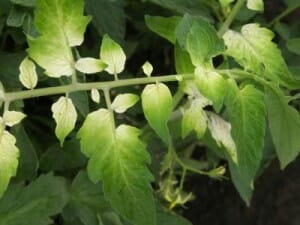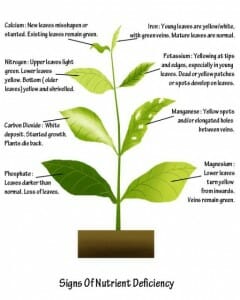How to detect spray drift damage
Have you seen your neighbors spraying crops recently?
Tomato plant damage from Glyphosate spray drift
Spray drift from a neighboring farmer’s field can adversely affect your cash crops production and if you are certified organic will compromise your certification. If your plants change overnight or within a couple days you might have been hit by spray drift. Immediately send a sample into a lab like ISU’s Plant and Insect Diagnostic’s Lab
Iowa State University
327 Bessey Hall
Ames, IA 50010
Phone: 5152940581
Email: via webform or at pidc@iastate.edu
Also make sure you are listed on Iowa Dept of Ag and Land Stewardships Sensitive Crops Directory. REGISTRATION EXPIRES ANNUALLY on DECEMBER 31st so you will need to re-confirm your information each January. You can register anytime during the year. Pesticide applicator are supposed to check this directory before they spray. You can also order a sign so that aerial applicators could see your field from the air and work to minimize any drift.
There isn’t much you can do once the plants have been damaged. Depending on how even the application rate was your plants will probably still survive but try and compare their yields to nearby plants that did not show damage. Then you would be able to calculate the amount of loss from spray drift.
The diagnostics lab can help determine which herbicide might have damaged your crops. But if the problem doesn’t look like any of the above pictures then you might have nutrient deficiency.



